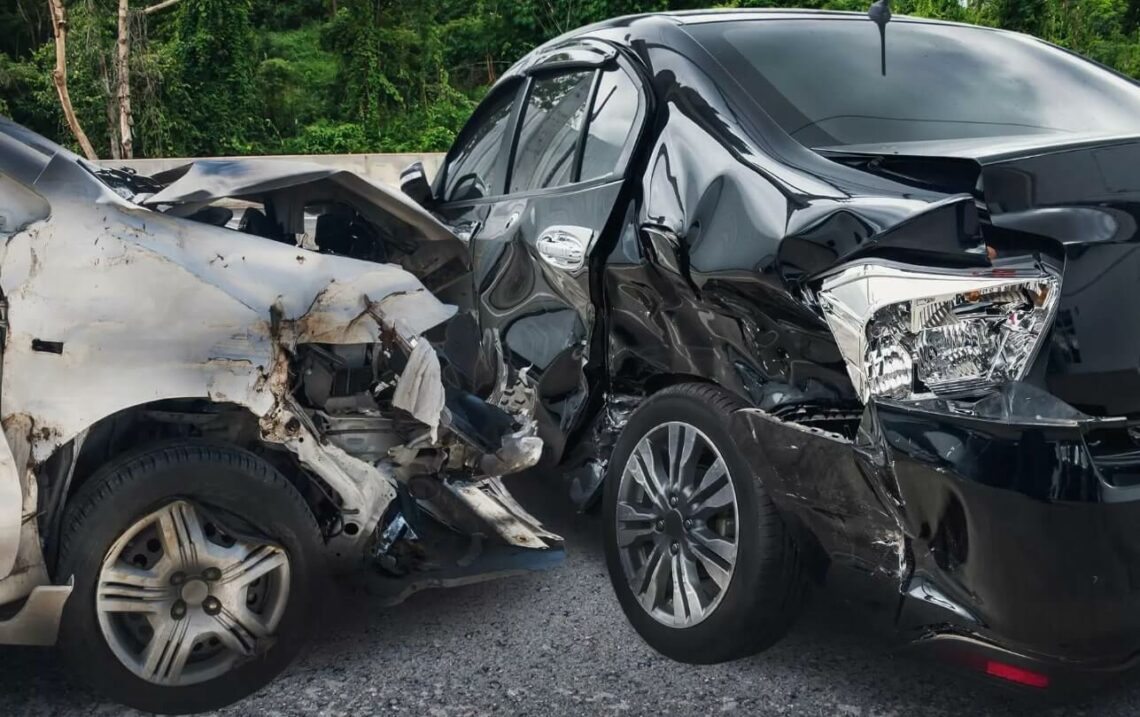Who Is at Fault in a T-Boned Car Collision?

Determining fault in a T-bone car collision is a nuanced process that hinges on several factors, including the right of way, traffic laws, and the specific circumstances of the accident. T-bone accidents, often occurring at intersections, are complex events where understanding the legalities is crucial, especially in Minnesota where traffic laws and regulations play a significant role in establishing fault.
Understanding T-Bone Accidents
A T-bone accident typically involves one vehicle colliding with the side of another, forming a ‘T’ shape at the point of impact. These accidents are particularly common at intersections and can result in significant damages and injuries.
Determining Fault: The Right of Way
Central to determining fault in a T-bone collision is the concept of the “right of way.” The driver who violates this right is usually found at fault. For instance, if a driver runs a red light or makes an illegal turn, colliding with a vehicle that has the right of way, the fault lies with the driver who breached the traffic rule.
Negligence and Legal Responsibility
In legal terms, fault is often based on negligence. To establish a driver’s fault, it is necessary to prove that they owed a duty of care, breached this duty, and caused harm due to this breach. In T-bone collisions, this could mean failing to adhere to traffic signals or engaging in reckless driving behavior.
Role of Vehicle Components
Another crucial factor is the condition of the vehicles involved. If a T-bone collision results from faulty vehicle components, like brakes or accelerators, the manufacturer of these components might share the liability. This aspect is particularly relevant when assessing multi-faceted causes of an accident.
Minnesota’s Traffic Laws and T-Bone Collisions
In Minnesota, like in many other states, traffic laws play a significant role in determining fault in T-bone collisions. Adherence to signals, right of way at intersections, and other state-specific traffic regulations are critical in establishing who is at fault.
Common Scenarios in T-Bone Accidents
- Red Light Violations: A common cause of T-bone accidents is one driver running a red light, colliding with a vehicle proceeding legally through the intersection.
- Illegal Turns: Making an illegal turn, especially at busy intersections, can result in a T-bone collision, with the turning driver typically at fault.
- Failure to Yield: Drivers failing to yield the right of way, whether due to distraction or misjudgment, often bear responsibility for the resulting T-bone accident.
Legal Implications and Compensation
In Minnesota, determining fault in a T-bone collision has significant legal implications, particularly regarding compensation for damages and injuries. Victims of a T-bone collision, where the other party is at fault, may be entitled to compensation for medical expenses, vehicle repairs, and other related costs.
Conclusion
t-bone-car-accidentt-bone-car-accidentT-bone car accidents pose a complex challenge in determining fault, heavily dependent on the specific circumstances of each case. In Minnesota, understanding state traffic laws and the nuances of right of way, negligence, and vehicle conditions is crucial in establishing fault. Victims of such accidents should seek legal advice to navigate these complexities and ensure their rights are protected.